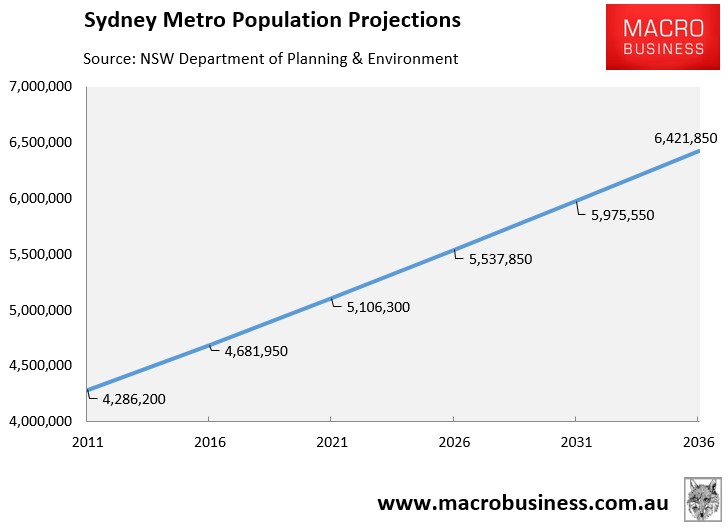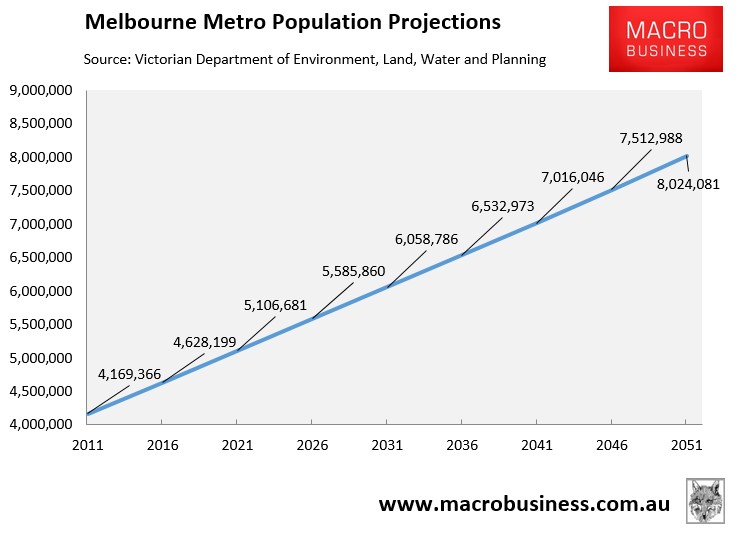New research has been released showing that Australia’s major cities are benefiting the rich more than the poor and are becoming breeding grounds for inequality in the process. From 9News:
Lead researcher Somwrita Sarkar said the findings suggest cities like Sydney and Melbourne have a disproportionate accumulation of the highest income earners who have the advantage of affording the best services and infrastructure while poorer people face being pushed out.
“If we think of income and population distribution as a pyramid what is true is big cities drive a lot of the innovation and economic growth for the whole nation, but what is unappreciated is that the pyramid needs a stable base of a large number of people doing normal jobs to support that innovation,” she told AAP on Thursday.
“If richer and richer people agglomerate in bigger and bigger cities, you push up the prices and you push out that large pyramid base.
“Either you are pushing them out of the city or you are forcing them to live with conditions that are not very sensitive to their wellbeing.”
The findings by Dr Sarkar and her team of researchers at the University of Sydney’s Urban Lab were based on the 2011 census and income data from the Australian Bureau of Statistics…
Sydney and Melbourne had the highest numbers of people earning $2000 or more a week, while Hobart and Cairns had fairly even income distributions
…the poor spend a substantially high proportion of their income in housing and travel costs, whereas the rich spend, comparatively, a much lower proportion of their income for the same goods and services… certainly concentrating all the development on the big cities is not the way forward if we want this trend to decline.”
I am not surprised by this result. Sydney and Melbourne are home to most of the headquarters of Australia’s large oligopolistic companies (e.g. the big four banks, the managed funds/superannuation industry, large retailers, media companies, etc), which effectively collect economic rents from the rest of the nation. Accordingly, the workers in these companies earn a disproportionately higher income, thus widening the gap between rich and poor.
Both major cities are also built-out and have growth control measures in place to prevent urban sprawl. Accordingly, affordable land/housing is next to non-existent, whereas infrastructure access outside the inner areas is poor. In both cases, it is the poor in both Sydney and Melbourne that bear the burden, whereas the wealthy elite gain from both higher housing values as well as better amenity. There’s a reason why the numbers of homeless people in Australia’s major cities are expanding as the rich get richer!
It is the above dynamics that makes the wealthy elite – the ‘growth lobby’ – such strong supporters of high immigration and a Big Australia. A bigger population provides the growth lobby with a larger domestic market to sell to, thus providing them with lazy profits. At the same time, their property holdings inflate in value from all the added demand (and debt), making them substantially wealthier.
To the growth lobby, high immigration provides a way of privatising the gains from a bigger population while the rest of society – and the poor in particular – socialise the costs.
But don’t just take my word for it. The Productivity Commission’s modelling on the Economic Impacts of Immigration, conducted in 2006, considered the distributional impacts of immigration (unlike their latest modelling). The PC’s 2006 report found that boosting skilled migration by 50% over the years 2005 to 2025 would actually lower the incomes of incumbent workers, while wealthy capital owners (and the migrants themselves) reap the gains:
The increase in labour supply causes the labour / capita ratio to rise and the terms of trade to fall. This generates a negative deviation in the average real wage. By 2025 the deviation in the real wage is –1.7 per cent…
Broadly, incumbent workers lose from the policy, while incumbent capital owners gain. At a 5 per cent discount rate, the net present value of per capita incumbent wage income losses over the period 2005 – 2025 is $1,775. The net present value of per capita incumbent capital income gains is $1,953 per capita…
Owners of capital in the sectors experiencing the largest output gains will, in general, experience the largest gains in capital income. Also, the distribution of capital income is quite concentrated: the capital owned by the wealthiest 10 per cent of the Australian population represents approximately 45 per cent of all household net wealth…
With Sydney’s and Melbourne’s populations projected to skyrocket on the back of continued strong immigration (see below charts), the outcomes for ordinary Australians and inequality are destined to get much worse.


It is precisely the wrong kind of economic model that Australia should be facilitating via ongoing high immigration and a ‘Big Australia’: one that places overall growth ahead of improving productivity, sustainability and individual living standards.
unconventionaleconomist@hotmail.com

